Relieving Chronic Pain with Acupuncture and Herbs
Alleviating Chronic Pain with Acupuncture & Herbs: A Holistic, Root-Cause Approach
Chronic pain is a condition that affects millions of people worldwide, significantly impacting their quality of life. Unlike acute pain, which is temporary, chronic pain persists for weeks, months, or even years. It can stem from various causes, including injuries, medical conditions, or even unknown origins. Chronic pain is more than just a lingering discomfort—it can disrupt sleep, limit mobility, affect mood, and wear away at one’s sense of vitality.
Traditional treatment methods often involve medications, physical therapy, and sometimes surgery. However, these approaches may not always provide the desired relief and can come with side effects. As a result, many individuals seek alternative treatments such as acupuncture and herbal remedies.
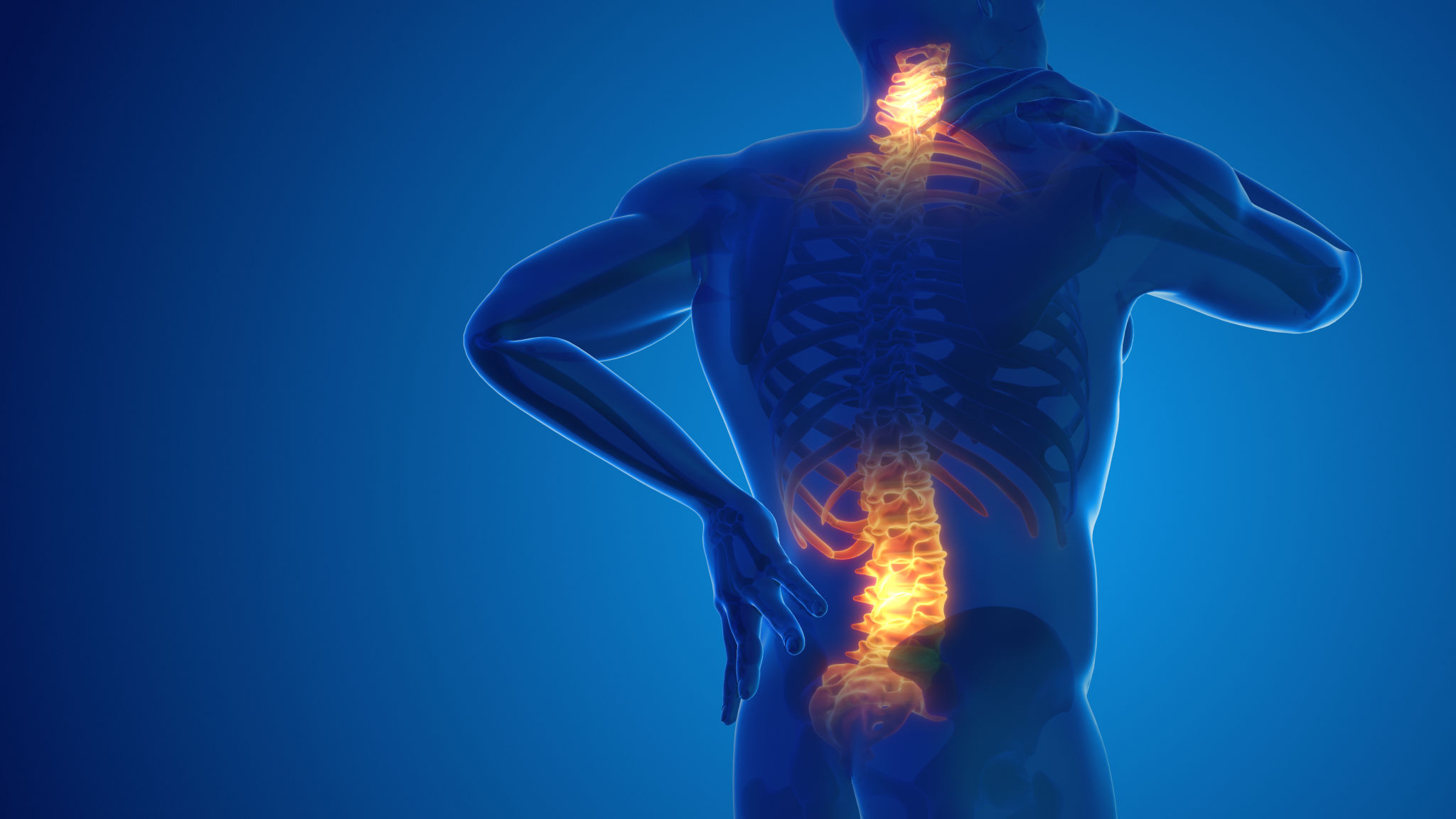
At its core, Traditional Chinese Medicine (TCM) views chronic pain not only as a symptom, but as a signal that the body’s balance and flow of energy—Qi—has been disrupted.
Whether the root cause is low energy, poor circulation, chronic inflammation, disc herniation, muscular tension, or scar tissue from past injuries, TCM offers an integrative and individualized path to relief. By combining acupuncture, herbal medicine, manual therapy & cupping, and Qi Gong exercises, we work holistically to address the underlying patterns that lead to chronic pain.
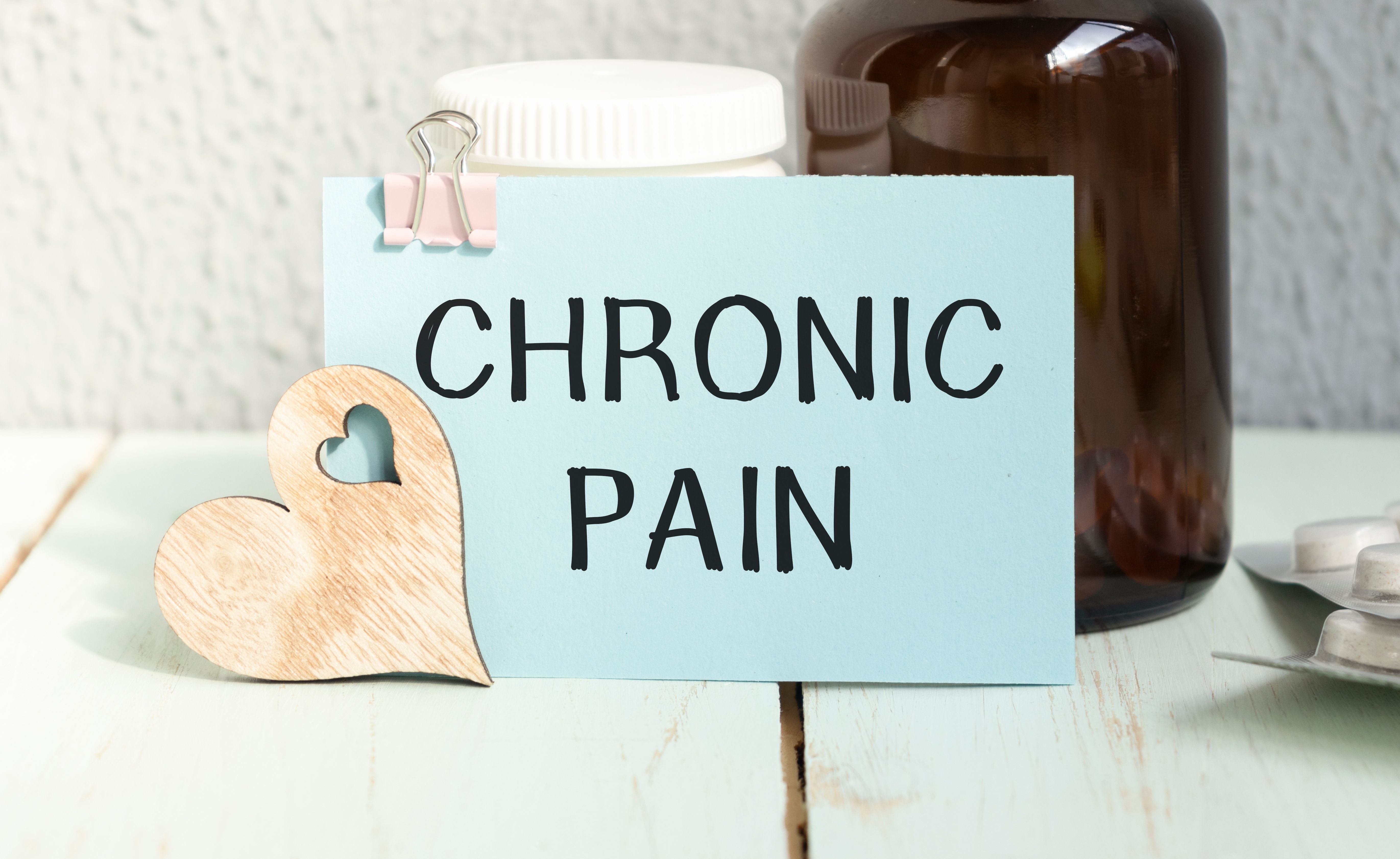
Acupuncture: Stimulating Healing and Circulation from Within
Acupuncture is a cornerstone therapy in TCM that uses fine needles to stimulate specific meridian points. This improves the flow of Qi and blood, releases endorphins (the body’s natural painkillers), and promotes lymphatic drainage, which helps reduce inflammation and clear scar tissue.
Certain acupuncture points are particularly effective in treating chronic pain:
- LV3 (Taichong) and LI4 (Hegu): Help move Qi and relieve systemic stagnation
- LI11 (Quchi), SP10 (Xuehai), SP9 (Yinlingquan): Clear heat and inflammation
- GB34 (Yanglingquan), GB40 (Qiuxu): Support joint health and tendon flexibility
- ST36 (Zhusanli), SP6 (Sanyingjiao): Improve energy and circulation
- Jia Ji points along the spine: Located just beside each vertebra, these points release deep fascial tension, helping relax paraspinal muscles and allow natural realignment in cases of disc herniation
By nourishing synovial fluid and restoring natural lubrication to the joints, acupuncture supports long-term tissue repair while bringing down daily pain levels.
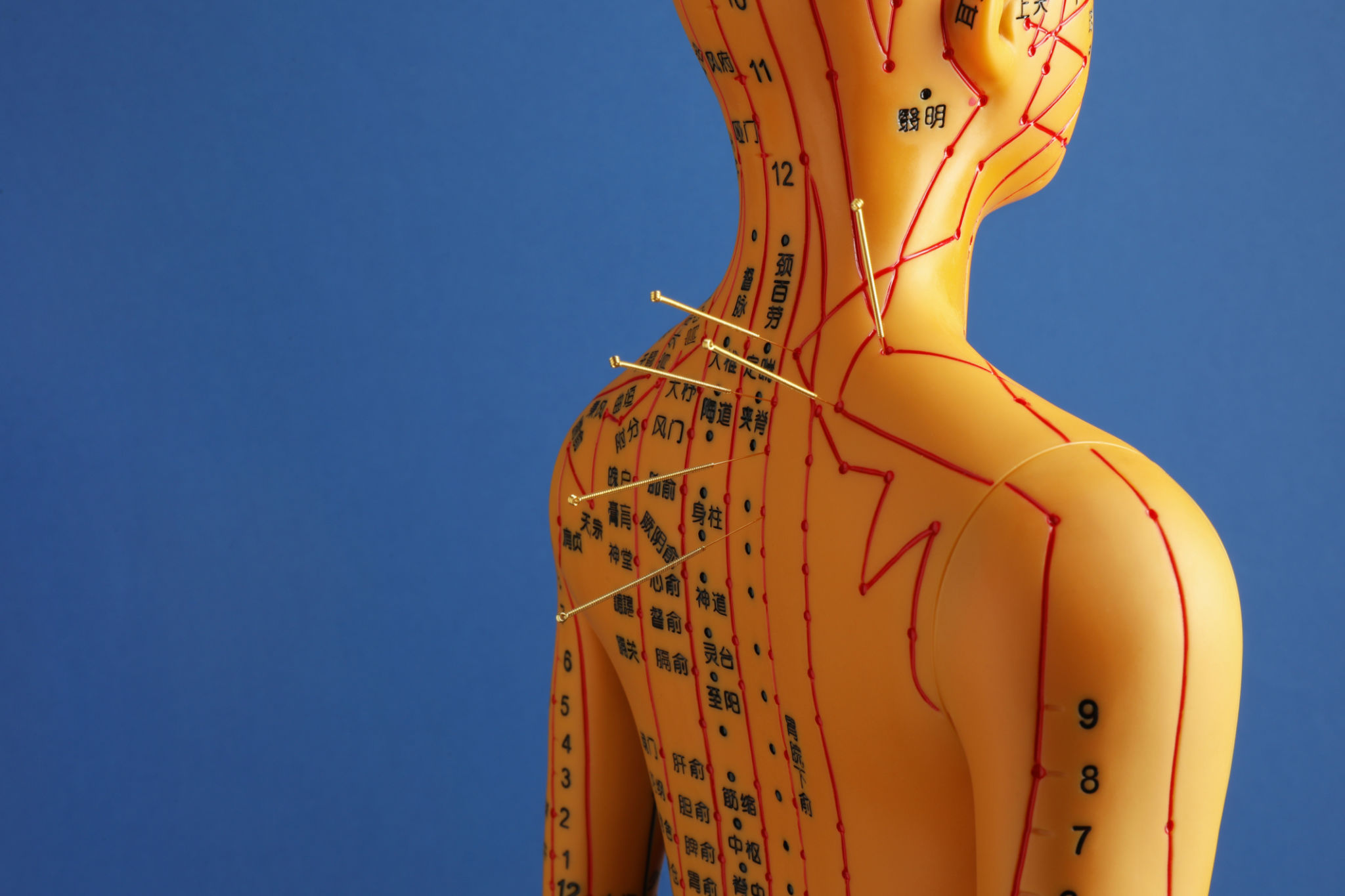
Herbal Medicine: Reducing Inflammation, Nourishing the Tissues
Herbal medicine is another integral part of traditional Chinese medicine, often used alongside acupuncture. TCM herbal formulas are tailored to match each person’s unique pattern. Herbs can help address the root causes of chronic pain and promote overall wellness. They are typically formulated into teas, capsules, or topical applications.
For chronic pain, we often draw from classic prescriptions such as:
- Du Huo Ji Sheng Tang: Warms the channels, dispels wind-damp, strengthens the lower back and knees—ideal for degenerative joint conditions and cold-type arthritic pain
- Shen Tong Zhu Yu Tang: Invigorates blood, breaks up stagnation, and is particularly effective for post-traumatic or circulation-related pain
These herbal formulas work internally to calm inflammation, improve energy, and nourish sinews and bones, creating the internal conditions for healing to take place.

Manual Therapy & Cupping: Releasing Fascia and Re-aligning the Body
TCM-based tui na (manual therapy) and modern myofascial techniques combined with cupping can help restore proper alignment by gently releasing tension in connective tissue and allowing muscles, bones, and discs to return to a more balanced state. This is especially valuable when chronic pain stems from postural imbalances, scar tissue adhesions, or repetitive strain.
Unlike aggressive adjustments, TCM manual techniques are gentle and supportive, aligning with the body’s own healing rhythms.
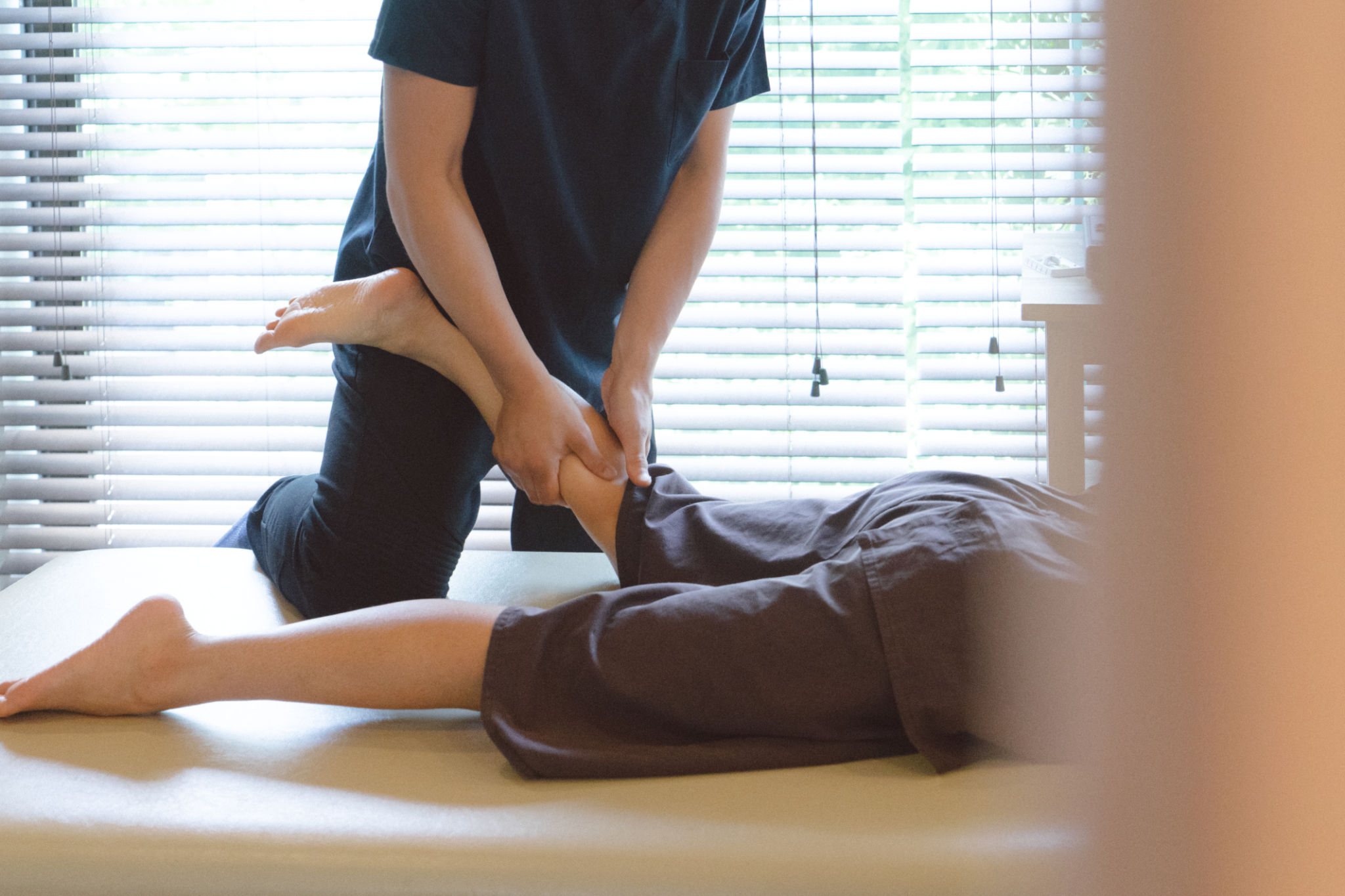
Cupping is a traditional TCM technique that uses suction to draw blood to the surface, improve circulation, and release deep muscle tension. It helps clear stagnation, reduce inflammation, and can accelerate recovery in areas affected by chronic pain or injury. Many patients find immediate relief and a deep sense of relaxation after treatment.

Qi Gong: Restoring Flow and Strength Through Movement
Qi Gong is a gentle but powerful movement practice that combines breath, posture, and intention. Even just 15 minutes a day can enhance blood circulation, loosen joints, and calm the nervous system. For chronic pain, Qi Gong improves the internal flow of Qi, reduces muscular tension, and reinforces the benefits of acupuncture and manual therapy.
Because it’s low impact, it’s suitable for most age groups—even those with limited mobility or chronic fatigue.
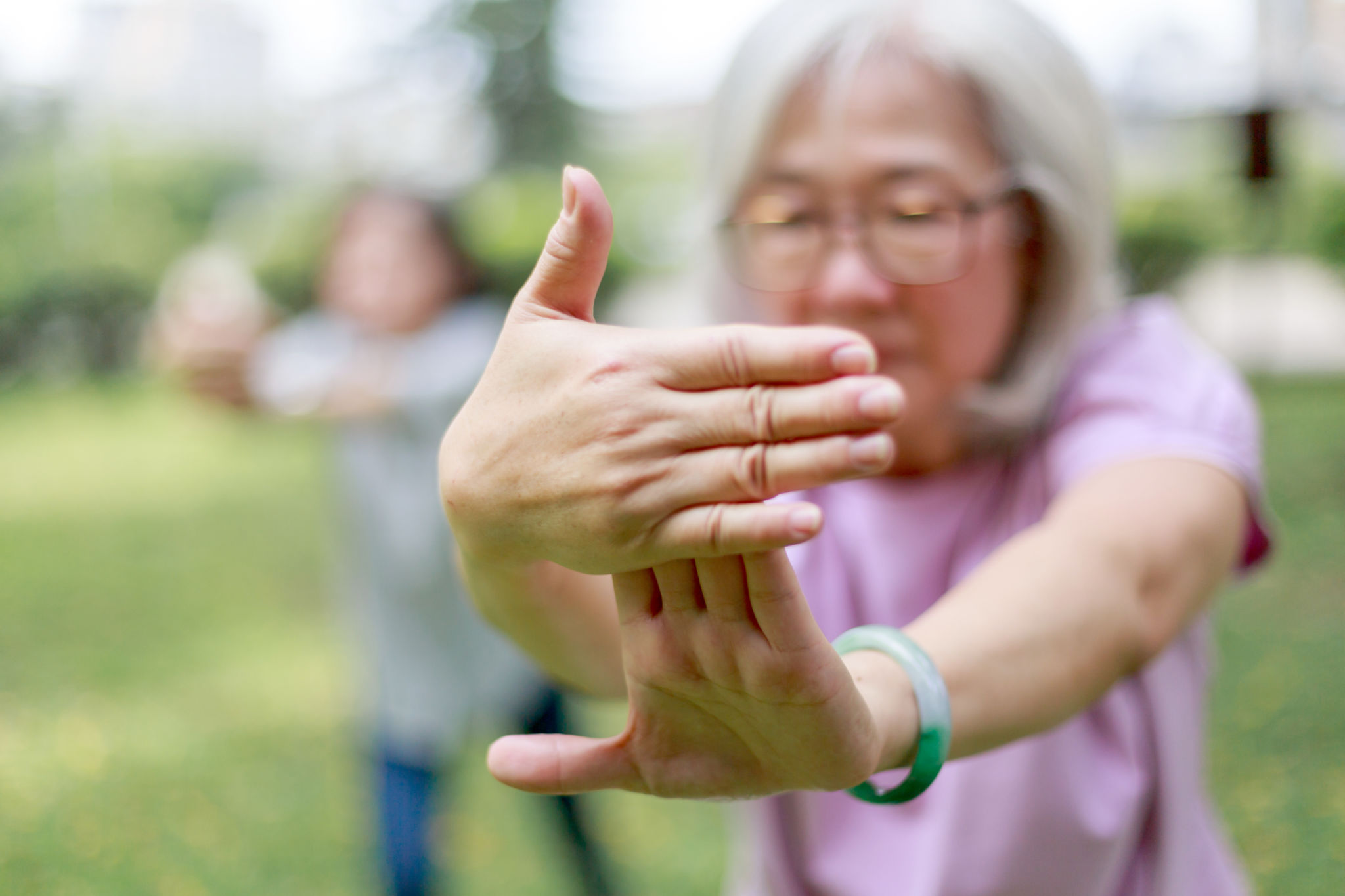
Restful Sleep: The Unsung Hero of Recovery
Pain and poor sleep often form a vicious cycle. By calming the nervous system and improving circulation, TCM modalities help promote deeper, more restorative sleep—an essential part of healing. In many cases, improving sleep alone significantly accelerates pain relief.
Melatonin, best known for regulating sleep, also plays a role in pain relief. It has natural anti-inflammatory and antioxidant properties, and studies suggest it can reduce pain sensitivity, especially in chronic conditions like fibromyalgia, neuropathic pain, and migraines. TCM approaches also help our body to restore and regulates melatonin releases. By improving sleep quality, melatonin also supports the body's natural repair processes, which is essential for long-term pain management.

Working with OLAKINO to Alleviate Chronic Pain
If you're considering acupuncture and herbal remedies for chronic pain relief, it's crucial to seek treatment from qualified practitioners. We can help tailor a treatment plan to your specific needs.
During your initial visit, practitioners typically conduct a detailed assessment of your health history and current symptoms. This personalized approach ensures that the treatments are safe and effective for your unique situation.
Many people start noticing relief within 2–3 sessions, such as less pain, looser movement and range of motion, or better sleep. However, chronic pain—especially when it’s been present for months or years—takes time to unwind. A typical course of care involves weekly sessions for about three months to build up cumulative results and support long-term relief.
This initial phase lays the foundation for deeper, lasting healing—without reliance on medications or invasive procedures.
Embracing a Pain-Free Future

Chronic pain doesn't have to dictate your life. By exploring alternative therapies such as acupuncture and herbal medicine, you can find relief and regain control over your well-being. These ancient practices offer a promising path towards a healthier, more comfortable future.
Whether you're new to these therapies or have explored them before, embracing this holistic approach could be the key to unlocking a pain-free life. TCM doesn’t just mask symptoms—it supports your body in doing what it was designed to do: heal. By integrating acupuncture, herbs, hands-on therapies, and mindful movement, we create a personalized roadmap to reduce pain, restore function, and help you reclaim a better quality of life.
If you're living with chronic pain and looking for a gentle yet effective path to relief, we’re here to help.